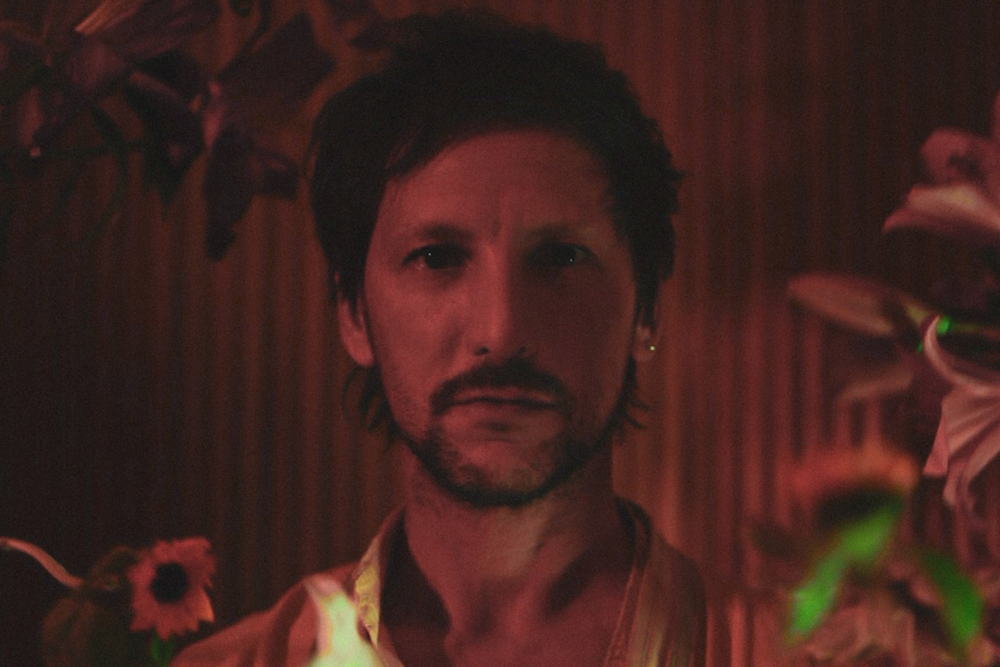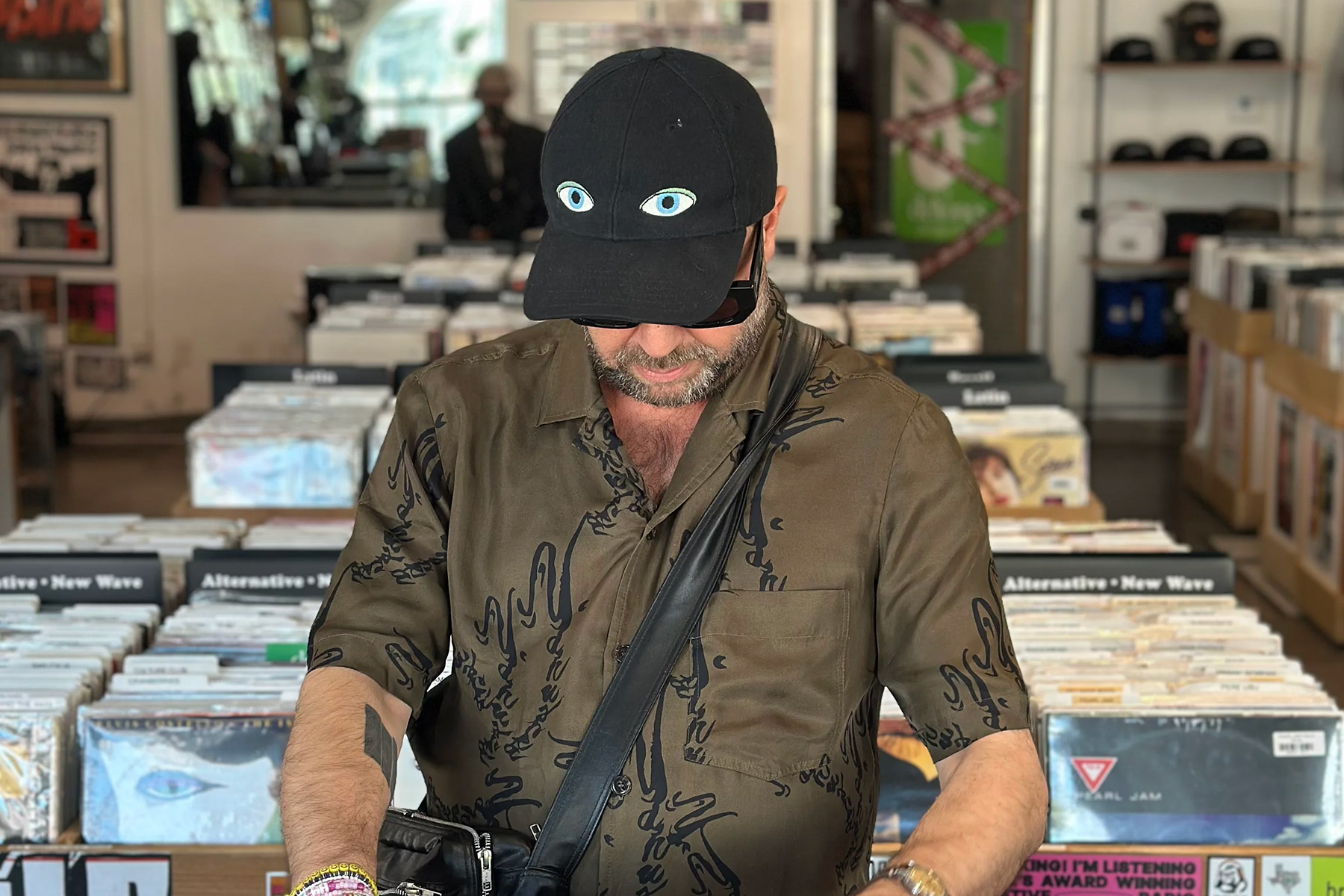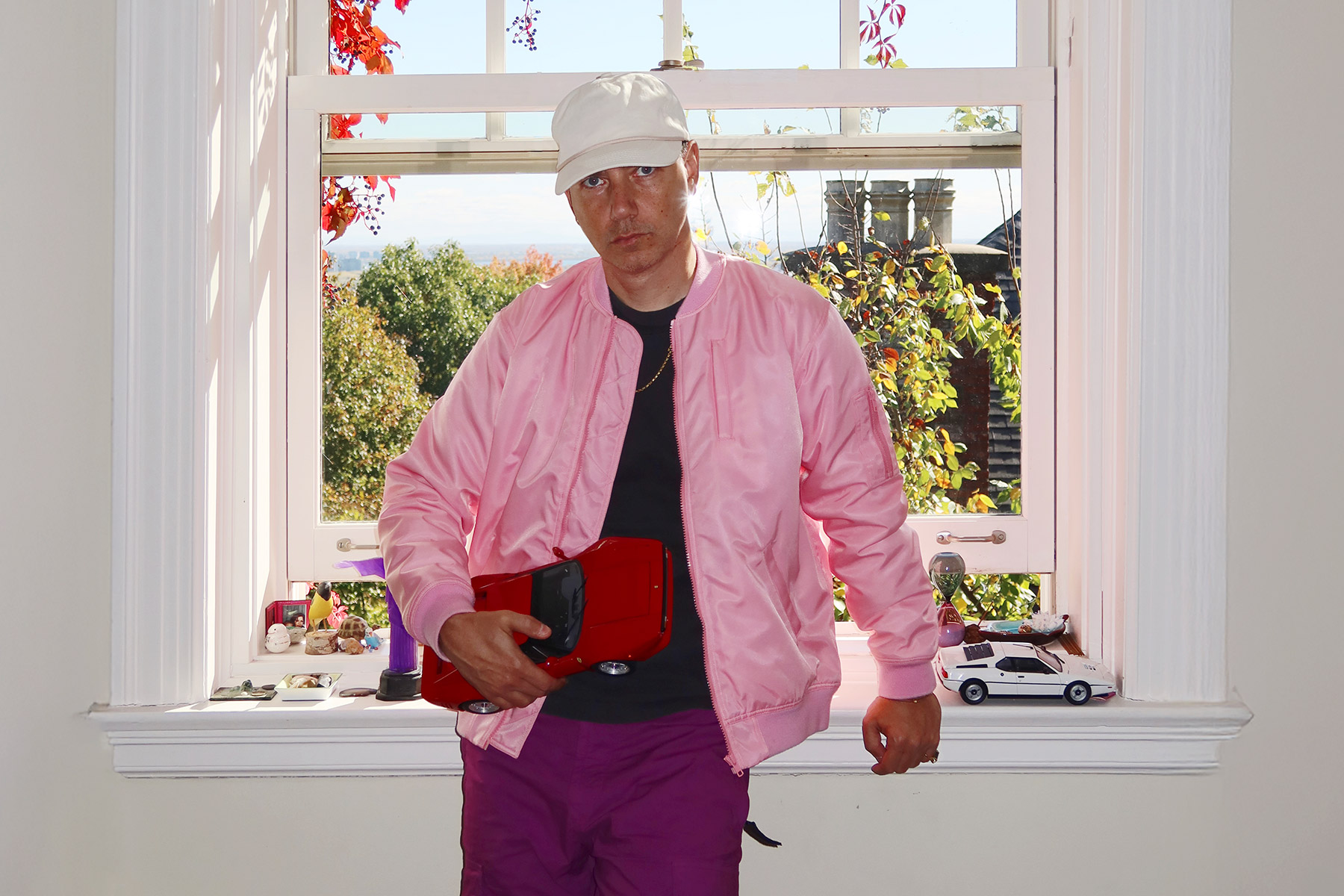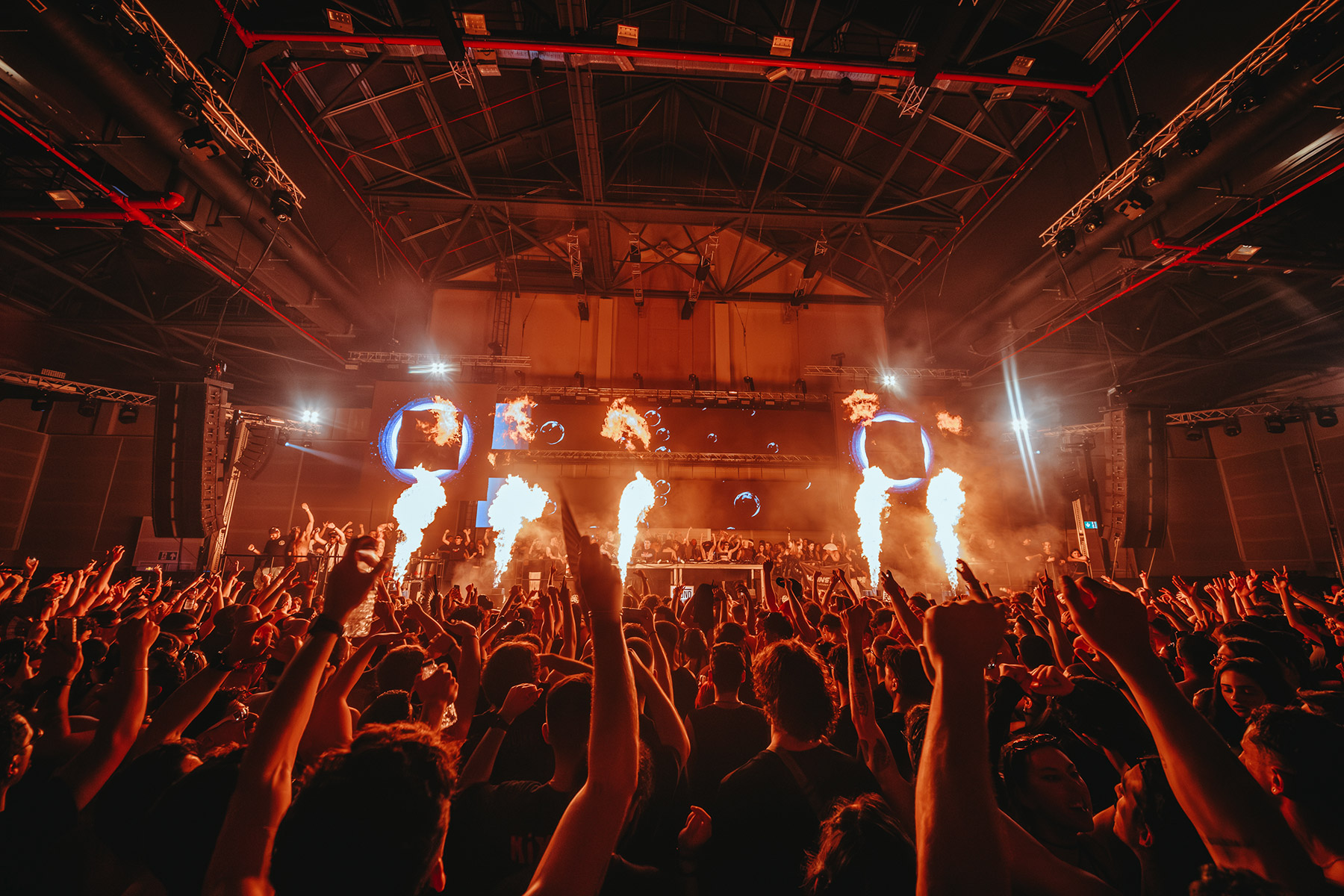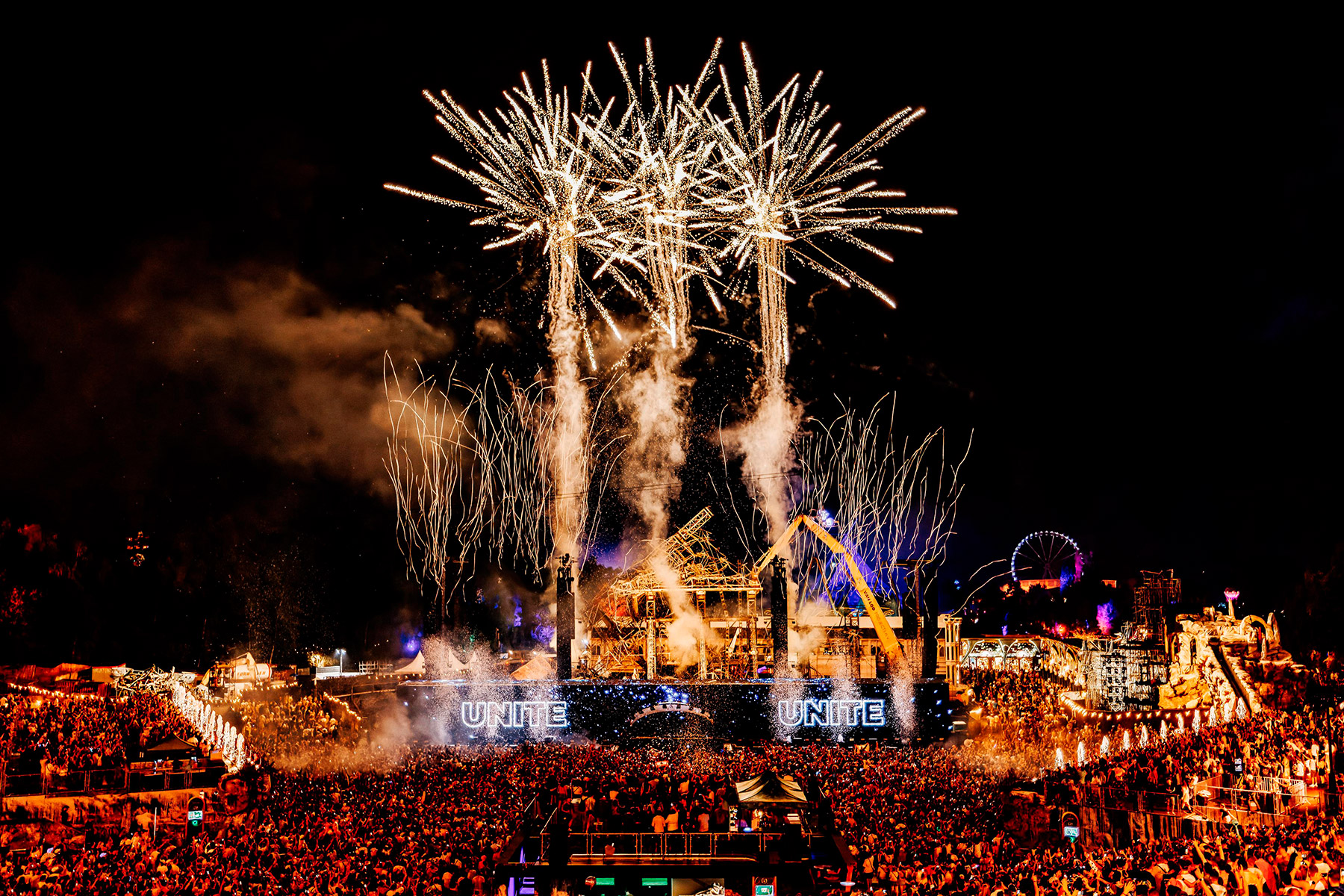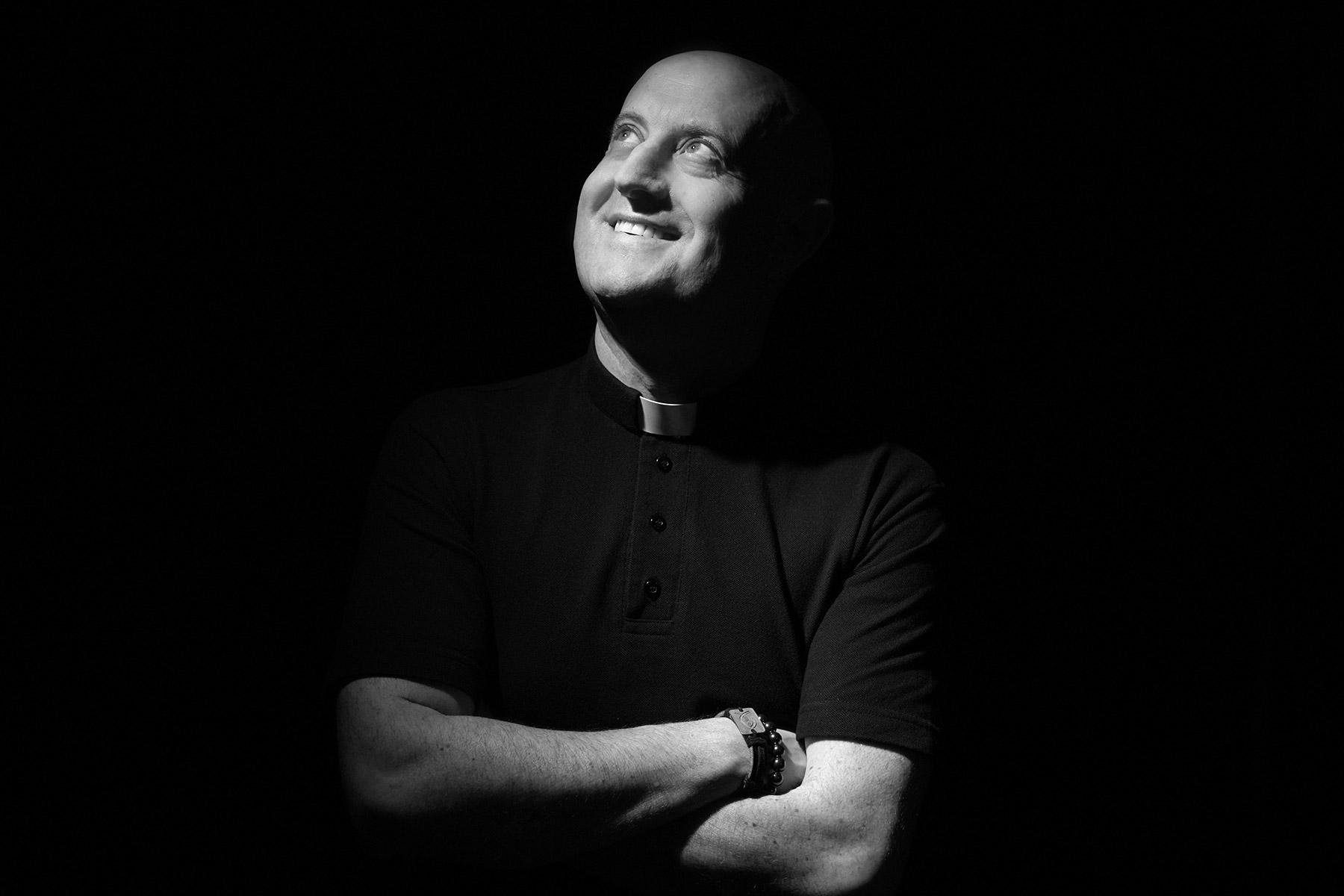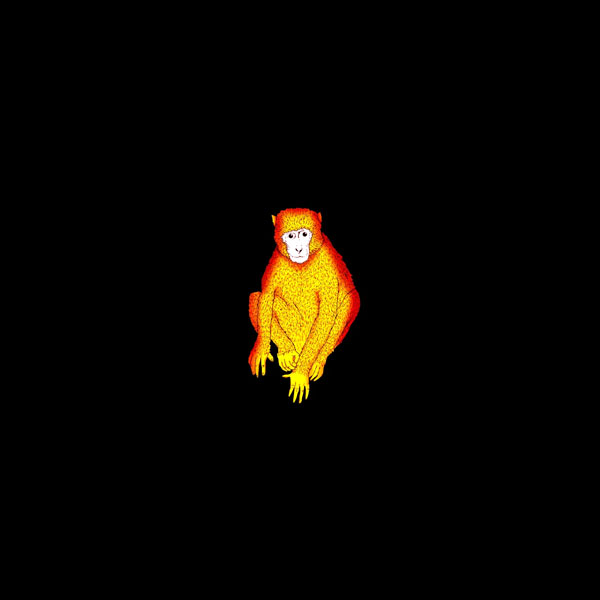Argentine artist LUM has built a career grounded in emotion, rhythm, and transformation.
Photo credit: LUM – Official
A key figure in the organic and downtempo scene, he has spent the past two decades crafting a sound rooted in deep percussion, hypnotic grooves, and spiritual storytelling. Now based in Tulum, the DJ, producer, and multi-disciplinary artist is entering a new phase — reconnecting with his voice, exploring new artistic territories, and continuing his journey of reinvention.
His upcoming release, ‘Golden Daughter of the Golden Cave,’ will arrive via Maison D’etre, marking the return of one of his favorite labels and showcasing LUM’s signature mix of primal energy and refined musicality.
From collaborating with Gustavo Cerati in his early years to playing at Day Zero Festival and preparing a new project with Guti, his story is one of evolution, resilience, and creative honesty.
In this interview, LUM reflects on his past, the current state of Tulum’s scene, and why staying true to art is the only way forward.
EG: Hi, Sebastian! Welcome to EG. It’s a pleasure to have you here with us. How have you been? Where are you right now?
LUM: Hello, EG, and thank you for welcoming me to the family. Right now, I’m in Tulum geographically, but emotionally, I’m in transition. I was born in 1977, the year of the serpent, and this feels like one of those pivotal moments—shedding old skin, moving homes, and diving even deeper into my art. More than ever, I’m staying true to my feelings and doing exactly what I want.
EG: First of all, congratulations on your upcoming Maison D’etre release! You must be excited about this one. How do you feel? What’s the initial reception been like? Do you remember the first time you played these tracks live?
LUM: Thank you so much! This release carries a lot of emotions for me. Maison D’etre was one of the most sophisticated labels out there—one of my favorites. Then, suddenly, it went silent. Now, it’s finally back, and it’s an honor to be part of this new era, especially with ‘Golden Daughter of the Golden Cave’ being one of its first releases. This track is one of my favorites I’ve ever written. It’s special because I’m finally using my voice—speaking in tongues. It’s deeply percussive and hypnotic, and we spent time crafting the perfect package of remixes to make it timeless. The release is split into two parts: the first includes remixes by Anthony Middleton and Ohm Hourani, and in July, another pack drops with Guti and Osisios & Cesar Merveille. I first played this track in Tulum two winters ago. I’ll never forget my smile when the crowd got lost in the drumming section—it’s that primal rhythm we can’t resist.
EG: What can listeners expect from this record? Is there a particular concept or emotion driving it? What does it mean to you?
LUM: This record captures the innocence and playfulness of being a kid—before judgment, before self-consciousness. I feel like we’re losing that in the digital era, where people go to clubs or festivals to show they’re there, rather than to actually dance. I wanted to bring back that raw, unexpected energy. As a percussionist, I also saw this as a chance to reconnect with something primal. Drums are in our DNA—you can’t escape good drumming.
EG: You recently performed at Day Zero Festival in your home base, Tulum. What was that experience like?
LUM: Tulum and Day Zero are both home to me. I moved here almost 20 years ago and have been lucky to attend every edition of the festival. This year was my fourth time performing. Day Zero is my favorite festival, and it’s just five minutes from my house. Opening the main stage always feels like a ritual—like asking the jungle for permission to celebrate and dance all night. It’s a blessing. I couldn’t ask for more.
EG: What led you to this “self-imposed exile” from Argentina?
LUM: Argentina is an amazing country, full of incredible people. I grew up there, raving in the ’90s, going to concerts and clubs. I also spent 15 years in a monastery for school. But at some point, I stopped feeling at home. I needed a new beginning. Moving to Tulum was that new adventure. As artists, we have to step out of our comfort zones. I always think about David Bowie moving to Los Angeles because he hated it—he wanted to see how that discomfort would shape his art. For me, it was similar. This all happened right after my near-death experience, so I had to do it.
“I’m staying true to my feelings and doing exactly what I want”
EG: Speaking of Argentina, not many people know you worked with Gustavo Cerati. How did that come about?
LUM: What a gift! Sometimes I feel like I’ve lived so many lives, and I’m only 47 (laughter). Before producing electronic music—or even pioneering down-tempo—I played in bands. In the mid-’90s, I was deep into the Buenos Aires rave scene, saving money for my first machines. In 1996, I got the Roland Groovebox MC-303, the year it was released, and started incorporating electronic elements into my band. The singer of that band was Gustavo Cerati’s keyboardist. One day, Gustavo came to a rehearsal, saw me using the Groovebox in an unconventional way (probably influenced by my rave background), and got interested.
At the time, he was also experimenting with machines, so it was natural for him to invite me to collaborate on some of his underground live projects in Buenos Aires. This was around ’98/’99, right when he released ‘Bocanada’—one of the most timeless, sophisticated albums ever. It still sounds like it was made yesterday. That experience was surreal for me, as I’ve always been a huge fan of Gustavo and Soda Stereo.
EG: How would you define the Tulum scene today? What originally drew you there?
LUM: Honestly, the scene has changed so much. When I first came almost 20 years ago, we were the first ones playing music and throwing small parties—mostly among friends. But around 2014, influencers started posting about it, and after COVID, it changed even more. Now, it’s almost unrecognizable. I don’t want to sound bitter—I still love Tulum, and it’s home—but the scene has become all about VIP tables and bottle service. Locals are barely welcome anymore. A great scene needs everyone, not just influencers and people holding their phones up all night. That said, there are still some cool events, like Pizzine and Raum in town. These are mostly for locals and workers—no phones, just people dancing. That’s where the magic is now.
“Stay honest. Make music that you are proud of”
EG: What do you see as the biggest challenge for the music industry in the next few years? How can artists adapt?
LUM: The challenge isn’t for the industry—it’s for artists. The industry is shifting towards entertainment. It’s all about PR teams, hype, and copy-paste music. But being an artist is different. We’ll always have spaces to express ourselves, even if we have to work harder or play smaller venues. Not everyone dreams of big stages and being disconnected from the crowd. Most of us started making music in our bedrooms, so the fact that we get to perform in front of people at all is already a win. For me, the best advice is simple: stay honest. Make music that you are proud of.
EG: Looking ahead, what can we expect from LUM in the coming months? Where can fans catch you next?
LUM: Summer is coming, so I’ll be heading back to Berlin, my summer base. One of my new projects, ‘Los Tigres del Futuro’ with Guti, is dropping our first album in three months—expect a mix of house and avant-garde sounds. Fans can catch me in Ibiza mostly. But this year, I’m also fully immersed in painting, which is my other language. I’m working on art exhibitions in Milan, Ibiza, Berlin, and the Middle East. There, I’ll also perform as Monk Veneris, my ambient music project. The first release is coming soon on Objekts in the Mirror.
EG: Thank you so much for your time, LUM! We wish you all the best. Take care!
LUM: Thank you for having me and giving me the space to share a little piece of my heart.
Follow LUM: Soundcloud I Spotify I Instagram I Facebook I Bandcamp


